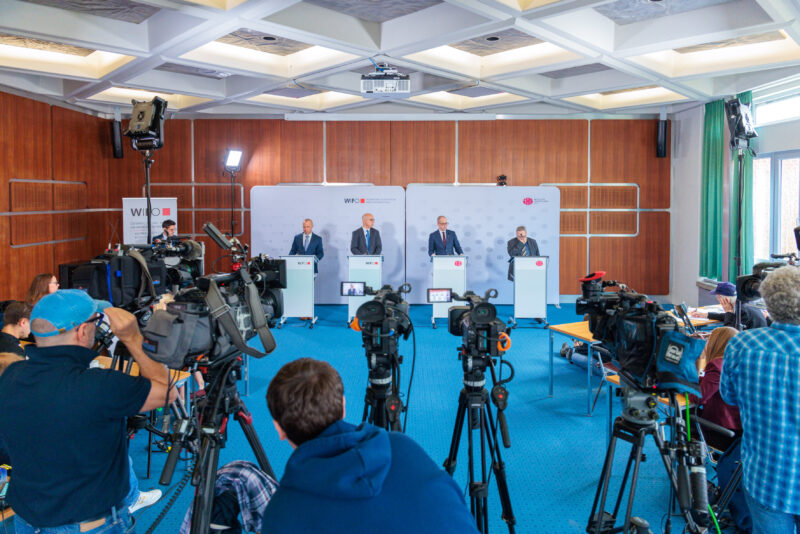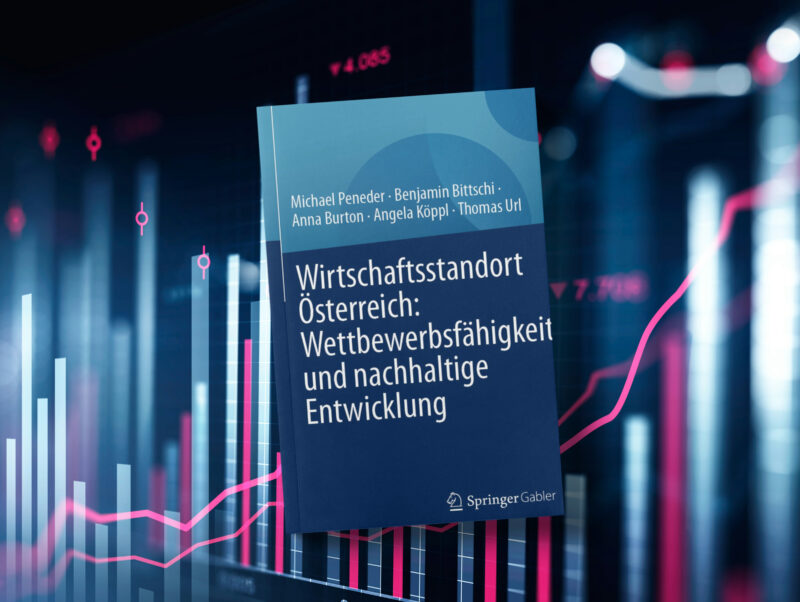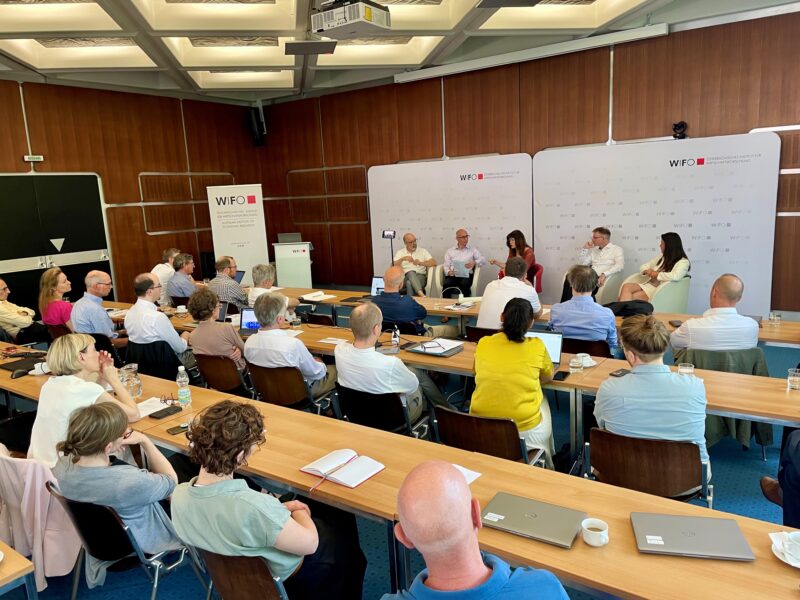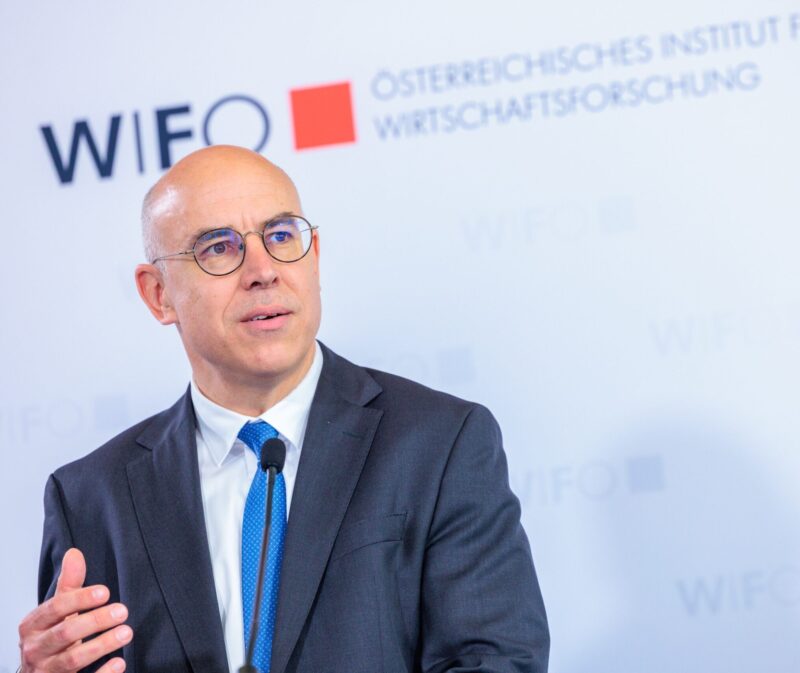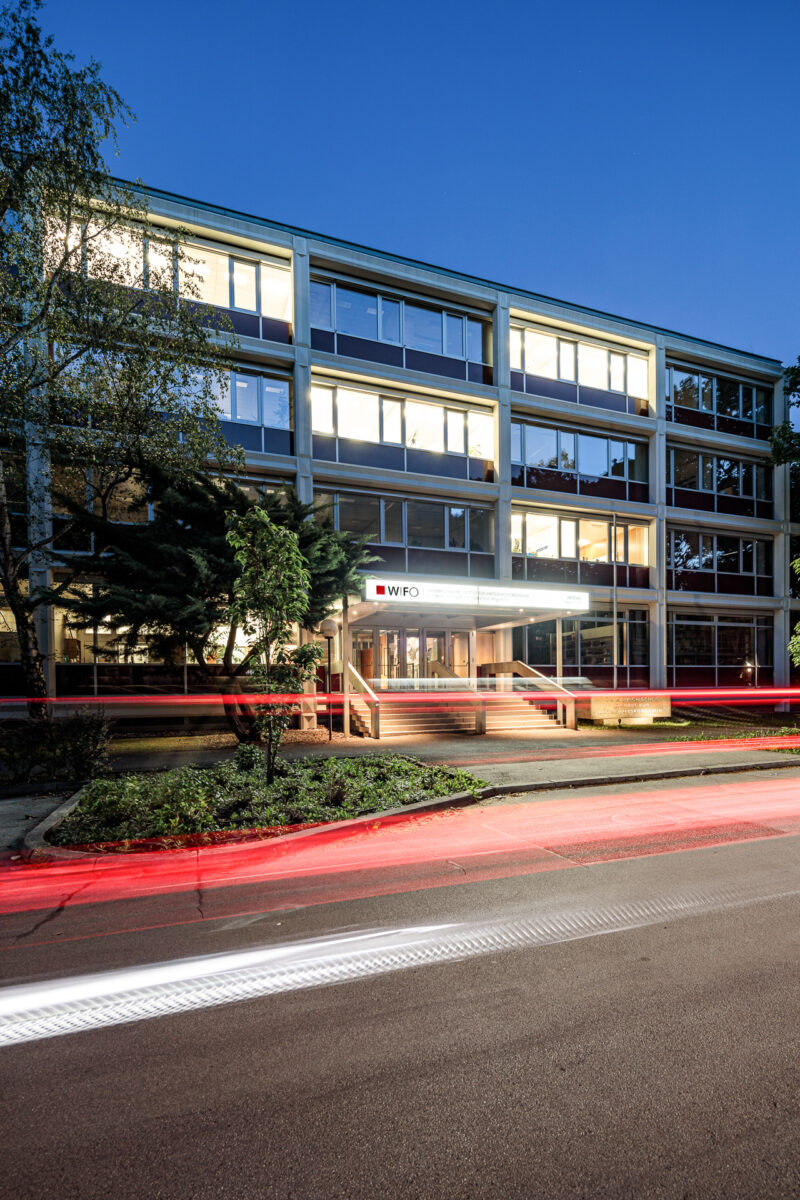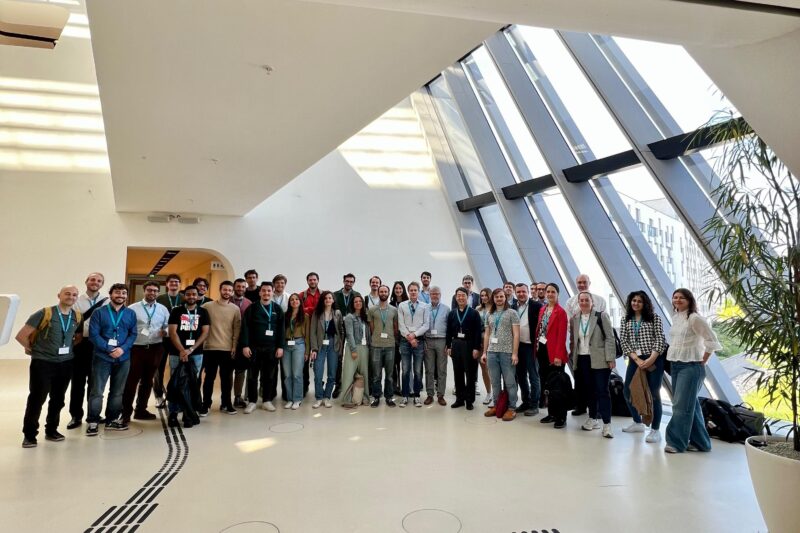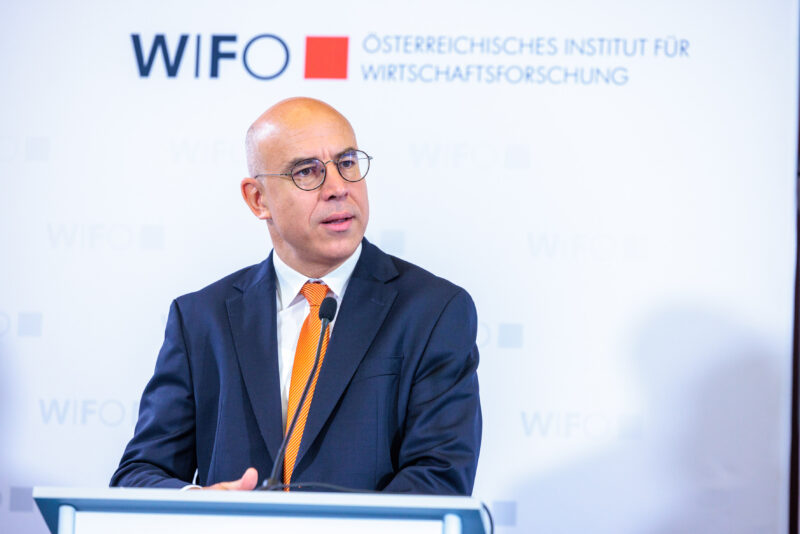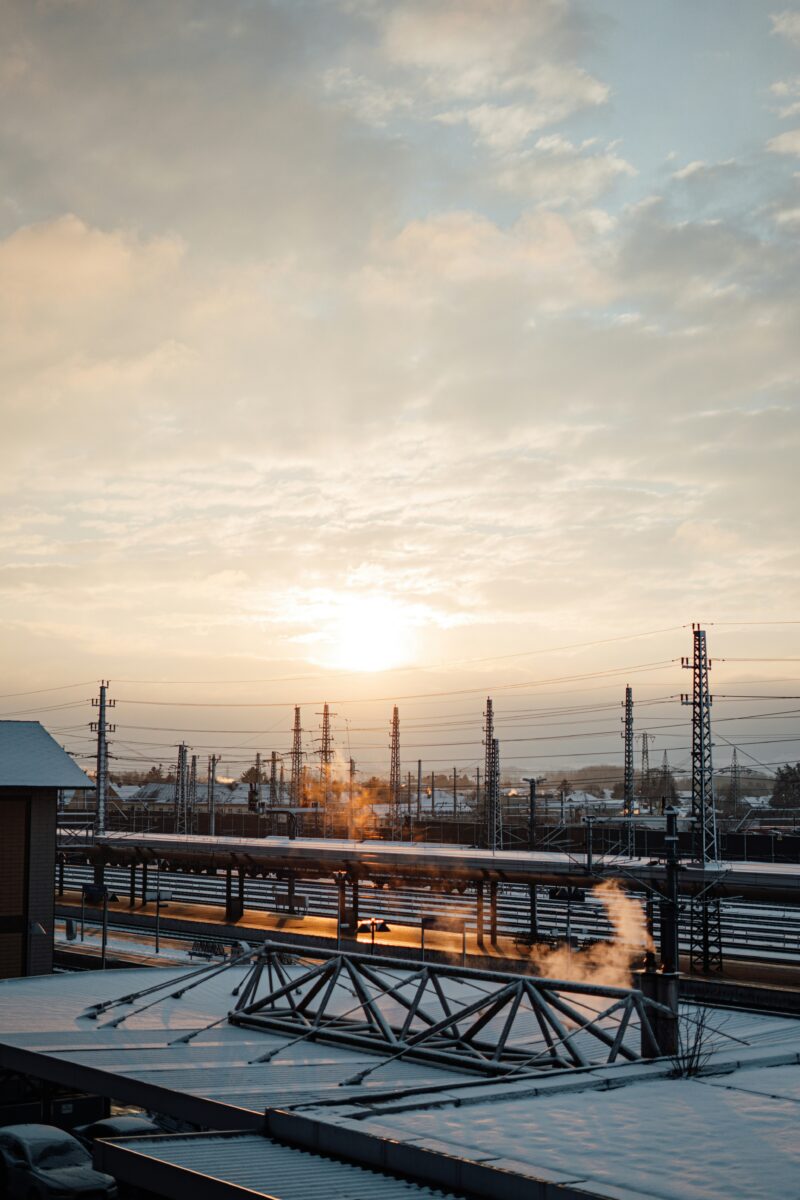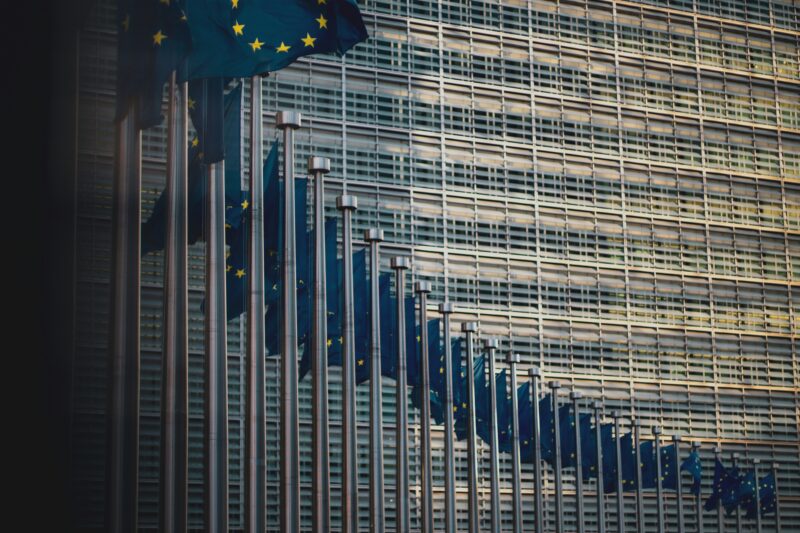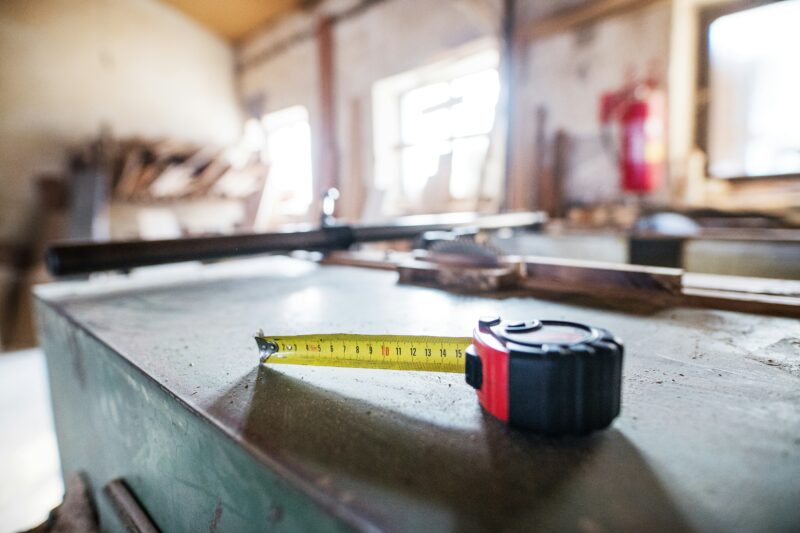
Austria's Anti-Inflationary Measures 2022 to 2026
The measures adopted between January 2022 and May 2023 add up to a cumulative total of 48.7 billion € for the period 2022 to 2026 (of which 48.1 billion € from the federal government). Of the 37.7 billion € relief measures focusing on private households, 14.6 billion € are short-term or temporary, while 23.1 billion € constitute permanent structural relief measures (compensation for cold progression, valorisation of certain social benefits).
For businesses and agriculture and forestry, 8.3 billion € are granted in the form of short-term measures and 2.1 billion € in the form of permanent structural measures (reduction in non-wage labour costs).
Inflation was largely driven by the rise in energy prices; accordingly, a considerable share of the relief measures (18.1 billion €, or 37.6 percent of the federal relief volume) is directly related to energy. With 93.3 percent (16.9 billion €), the lion's share of these measures has (non-intended) counterproductive effects on the climate, since incentives for energy-saving measures have been largely neglected.
With respect to the question how targeted the compensation measures are, a first very rough indicator is the distinction between income-dependent (means-tested) measures and universally granted measures. 32.8 billion € – or 87.1 percent of the relief measures for private households – are granted irrespective of income, while only 4.9 billion € depend on income.
Publications
Please contact



